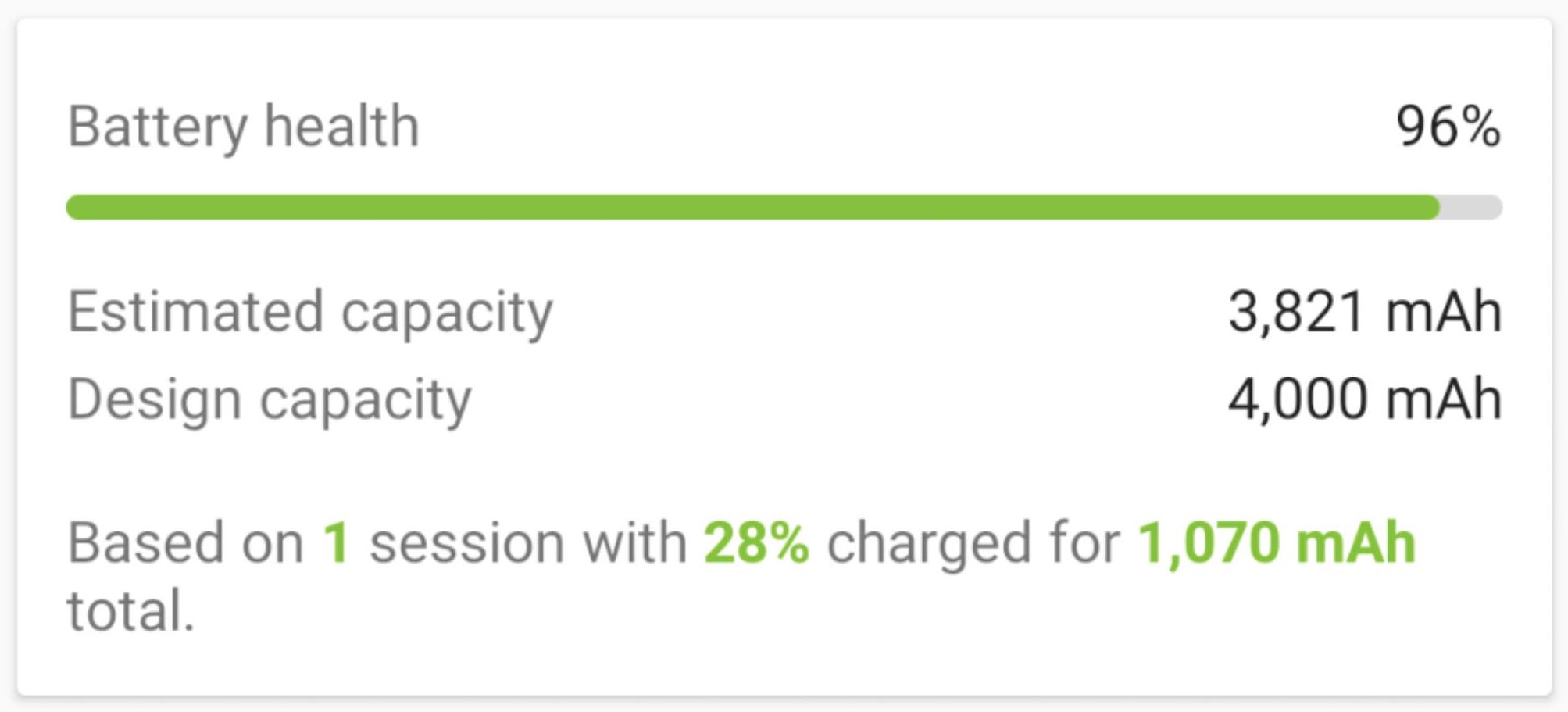Making it through a day of battery life is important for any phone, but how do you know when your phone’s battery is struggling and needs replacing?
Battery life is a problem for every device, but none more so than a phone. The device we all carry with us everywhere we go can be plagued with battery problems, and it goes beyond merely surviving the work day.
A phone battery problems can pop up when you’re talking about holding onto a phone for the life of the phone, not just for the regular day to day. By this, we’re talking about keeping a phone’s battery the best it can be over the course of a year, two years, or even three or four. Essentially, getting the most amount of battery from your smartphone until you decide to upgrade.
When you first buy a new phone and switch it on, the battery should be measured at 100 percent, but depending on how often you use it over the next year or so, the battery capacity will deplete. It’s normal for every phone to do this, but some can feel worse than others. Bigger phones typically offer bigger batteries, but even that isn’t a major indicator of how a phone’s battery life will be long term.
But how do you know: beyond a general feeling of your phone just not being as good on battery as it used to be, how can you work out whether your phone’s battery is on its last legs, and needs replacing ASAP?
Well, it all depends on which phone you have, because the process is different whether you’re using an iPhone (iOS) or an Android mobile.
Checking phone battery performance on iPhone
Checking battery capacity on an iPhone is actually quite easy, you just need to know where to look.
Since iOS 11, Apple has included a battery health feature that lets you dig a little deeper in the battery settings, and see how much performance your phone’s battery has beyond the nightly charge.
Dig into the “Battery Health” section of an iPhone, and you’ll find a “Maximum Capacity”, measured against when the phone was new. On new phones, that should read as 100 percent, but the more you use an iPhone and the longer you’ve had it, the lower that number is likely to be.
Checking phone battery performance on Android
But while iOS has a feature for phone owners to check the battery performance and capability easily, Android owners aren’t quite as lucky.
Android is in version 11, but Google hasn’t yet followed suit from Apple and built in a battery health feature to its mobile operating system. That means Android phones typically don’t include the support for such a thing natively, and you may have to bring in an app that fills in that gap.
Not every version of Android is built the same way, though, hence why we used the word “typically”. Phone makers that aren’t Google or using the stock “Android One” version of Android have been known to include extras, and a battery health system might be one. In our testing, that wasn’t the case, as neither phones from LG, Oppo, Samsung, or Huawei offered up a battery health feature, though it can be brought in via an app.
One app, AccuBattery, can deliver a battery health tracker that can give you an idea of what your phone is doing from a capacity extent, and whether you’re getting the best battery charge that you can. While it may not be as good or direct as something built into the operating system, until Google makes it happen, it’s one of the best solutions Android owners have on finding out how their phone batteries are going.

When should you replace your phone’s battery?
When you know roughly what your battery’s health looks like, you can get a gauge of when it’s best to replace your battery.
For instance, if you’ve had your phone for about a year, and it’s setting around the 90 percent mark in the health percentage, you can probably figure that you’re reducing the health at around 10 percent per year, which we’d expect is about standard for most people, likely topping out at 15 percent.
Letting a phone’s battery drop below the 80 percent mark in health capacity will very likely mean reaching for a recharge more often than you might like, so if you’re in spitting distance of 80 percent in the first year, you should definitely get a new battery.
However, you may want to consider getting a replacement battery near the end of the second year for your phone if you’re using it a lot, particularly since that’ll be near the end of where most warranties sit for Australians.
In Australia, the ACCC helps grant rights of warranties longer than a year for mobile customers, with phone companies offering two years for phones before an extra warranty is purchased on top of it. This is something you can typically read about at Apple, Google, and Samsung, but if you search around, the two year period should apply to any phone maker releasing products in Australia.
Two years is a long time for phones, and with batteries losing the full extent of their capacity before this, it means that the right time to get a battery replaced under warranty might be before the two years is up. Battery replacement on an iPhone is free under warranty, but costs either $79 for the style of iPhone with a button (like 2020’s iPhone SE), or $109 for the full-screen iPhone models, such as the iPhone X, iPhone XR, iPhone 11 Pro Max, and anything from the iPhone 12 range, including the iPhone 12 and iPhone 12 Pro. Replacing a battery for other phones not made by Apple is likely to cost between $50 and $120, but yet again, under warranty it will be covered.
So before your two years is up, consider checking what the battery health is, and if it’s lower than you’d like — if it’s approach 80 percent or is already lower — look to your warranty, and make an appointment for a battery change with your phone’s maker.
According to the Australian Competition and Consumer Commission (ACCC), products must be “safe, lasting, (and) with no faults”, and while it doesn’t technically acknowledge battery degradation as part of that, we expect the ACCC would be on your side for the point about “lasting” given battery life can severely dent the overall lasting use of a phone. That means you should be good for getting that battery changed under warranty, to help it be a product that lasts through the remainder of its warranty.







